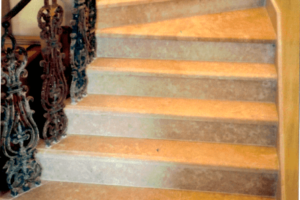With all of the technological advances in engineered stone and other countertop materials, we get asked why anyone should consider natural stone. The simple answer is that all of our technology still isn’t a match for the millions of years mother nature has spent building these materials. Each slab will be completely unique with shade variations, fissures, cracks, chips, pits, and pores. In the past, these have been seen as flaws by some, but we think they’re exactly what makes these materials beautiful. They’re perfectly imperfect, which is a wonderful feeling to bring into your home.
Let’s dive a little deeper and look at the various types of natural stones available. The most well-known options are marble and granite, but we also work with soapstone, travertine, and quartzite (not to be confused with quartz). Each of these has unique properties that may not be replicated with engineered materials.
Granite
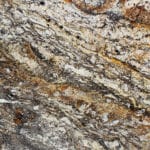
This is a very hard, crystalline, igneous rock that is formed of volcanic materials. Minerals, gases, and liquids penetrate the stone and create new crystalline formations with various colors. Those colors can range from grey, black, brown, gold, white, and beige to yellow, red, blue, green, lilac, and rose. It’s incredibly durable and with regular sealing is heat, scratch, chemical, and stain-resistant.
Marble
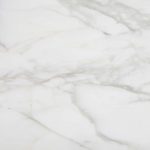
Marble is a metamorphic rock that is formed when limestone is subjected to tremendous heat and pressure. Pure marble is white but its palette can range in colors all the way through to solid black. The location of the quarry dictates the color and pattern. Most of the popular types come from various regions in Italy, but there are many options from Spain, Turkey, India, and even right here in the united states
Soapstone

This is another metamorphic rock that is composed primarily of talc, with varying amounts of other minerals. Soapstone is usually very soft and can be gray, bluish, green, or brown. It is often variegated or has various markings of different colors. Talc supplies the soft touch that soapstone is known for. But don’t let the softness fool you, this surface is extremely tough and virtually non-porous. Being non-porous sets it apart from its natural stone counterparts in that it doesn’t need annual or bi-annual resealing. A little buff and oil can make a Soapstone countertop look good as new in no time.
Travertine
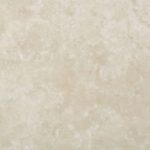
This stone is a form of limestone that is created by the mineral deposits of hot springs. It usually has a “grain”, shows concentric circles, and can be found in white, tan, cream, or with a rusty appearance. The stunning variety of color options prove that this stone dominates with versatility in the world of design.
Quartzite
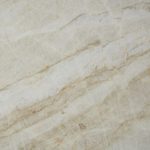
Quartzite is a naturally occurring metamorphic rock. It forms when pure quartz sandstone is subjected to extreme heat and pressure. Under these conditions, individual quartz pieces will recrystallize giving it a beautiful and decorative, often marble-like, pattern. Because of how it is formed, it is actually harder than quartz. Its unique, swirling grey and white designs make the countertops look interesting and help create an impressive kitchen or bathroom.
Are you ready to add a bit of mother nature’s wonder to your home? Contact us to get started.



